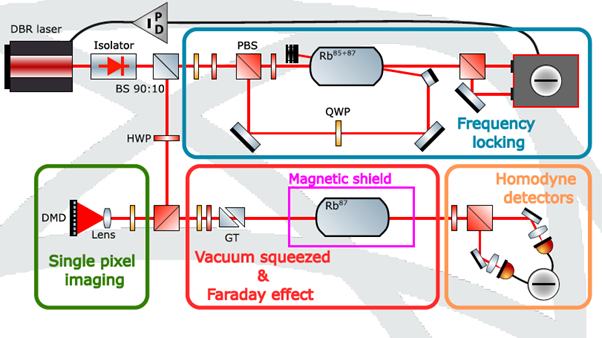The October talk will be given by Dr Carrie Weidner from the University of Bristol who will be talking about her research into quantum engineering.
When people ask my mother what I do for a living, she tells them that I freeze atoms. This is pretty much 100% true, but I don’t make things cold quite in the same way that the freezer in your kitchen might, and my atoms get a *lot* colder. As an example, we’re currently working to make the coldest place in Bristol, and to do this, we have to cool atoms to about 100 nanokelvin, which is only a ten millionth of a degree above absolute zero. In this talk, I’ll explain how we can make atoms so cold, but I’ll also discuss why we even bother with such nonsense.
Dr Carrie Weidner is a Lecturer in the Quantum Engineering Technology Laboratories at the University of Bristol. Originally from Austin, Texas, after her PhD she moved to Bristol via three and a half years in Aarhus, Denmark. In Bristol she set up her own research group and focuses on using atoms of varying temperatures to make useful quantum devices.



Leave a Reply